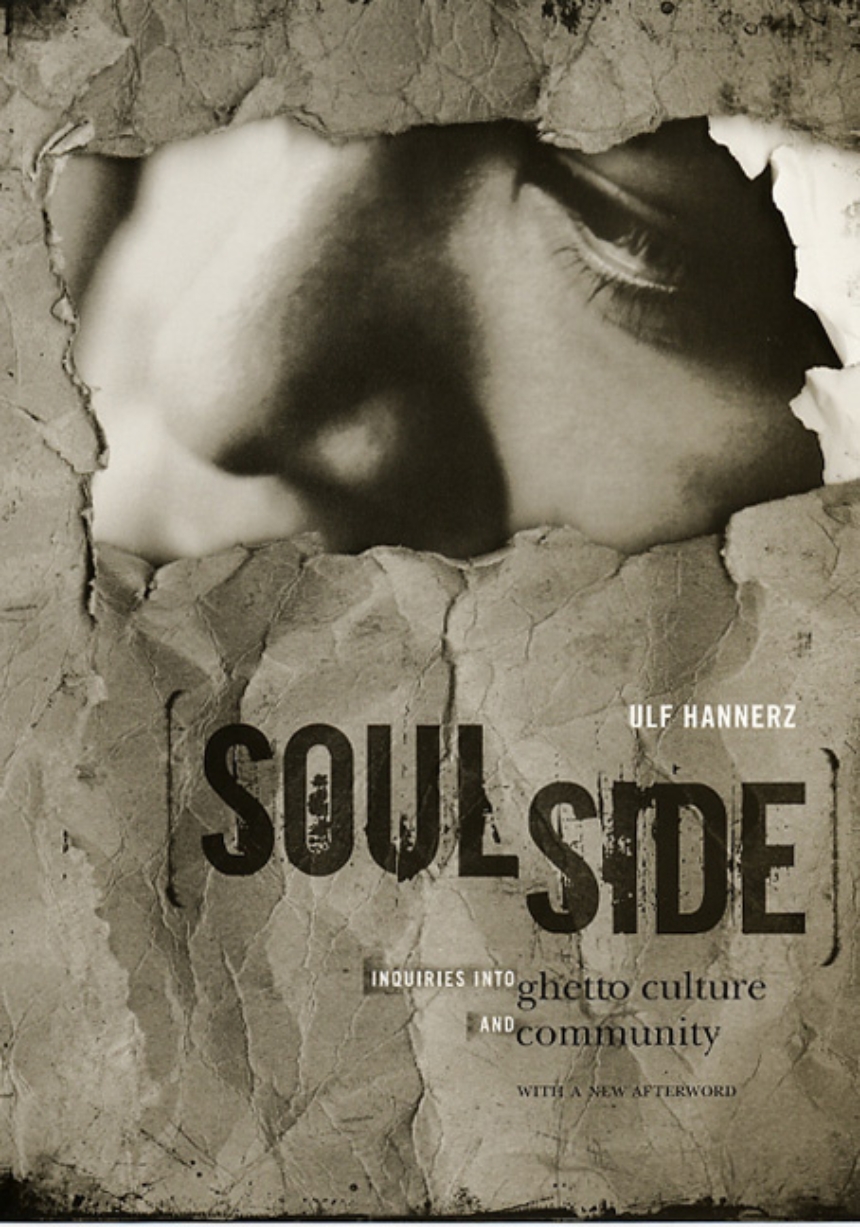Soulside
Inquiries into Ghetto Culture and Community
For an outsider, the prospect of blending into the fabric of an urban African American ghetto might be an intimidating one. But for a Scandinavian scholar, the idea of getting to know one of Washington DC’s toughest neighborhoods from the inside during the racially tense, late 1960s, could well have seemed impossible. Conducting fieldwork in and around Winston Street, Ulf Hannerz did just that. Soulside details the everyday lives of the ghetto inhabitants he observed and participated with during this period, revealing their beliefs and expectations and the diversity of their life styles.
Originally published 35 years ago, Soulside became an urban anthropological classic. The book helped to dispel many false impressions about ghetto life and questioned the idea, precipitated in the influential Moynihan Report and in notions of a "culture of poverty," that the poor had chosen to lead the lives they do. Raising central moral and political questions about American society in a turbulent period, Soulside became an example of public engagement in anthropology. In a new afterword, Ulf Hannerz discusses the book’s place in the debates of the time and its relevance to current arguments in anthropology.
Originally published 35 years ago, Soulside became an urban anthropological classic. The book helped to dispel many false impressions about ghetto life and questioned the idea, precipitated in the influential Moynihan Report and in notions of a "culture of poverty," that the poor had chosen to lead the lives they do. Raising central moral and political questions about American society in a turbulent period, Soulside became an example of public engagement in anthropology. In a new afterword, Ulf Hannerz discusses the book’s place in the debates of the time and its relevance to current arguments in anthropology.
Reviews
Table of Contents
Introduction
1. The Setting
2. Life Styles
3. Walking My Walk and Talking My Talk
4. Male and Female
5. Streetcorner Mythmaking
6. Growing Up Male
7. Things in Common
8. Waiting for the Burning to Begin
9. Mainstream and Ghetto in Culture
Appendix: In the Field
Afterword: Soulside Revisited (2004)
Notes
References
Index
1. The Setting
2. Life Styles
3. Walking My Walk and Talking My Talk
4. Male and Female
5. Streetcorner Mythmaking
6. Growing Up Male
7. Things in Common
8. Waiting for the Burning to Begin
9. Mainstream and Ghetto in Culture
Appendix: In the Field
Afterword: Soulside Revisited (2004)
Notes
References
Index
